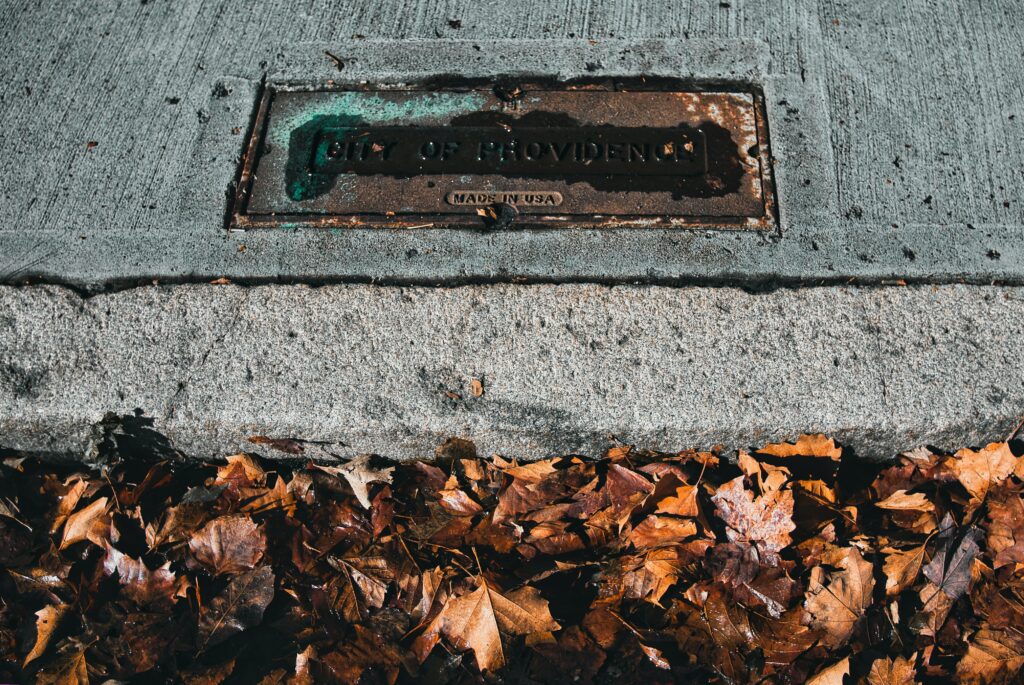As a homeowner, a sewer line backup is one of the most harrowing experiences you can have. If an obstacle or damage prevents the wastewater from draining outside your home, a Sewage Backup will develop. Your home’s main sewer line is the most common location for this problem to occur.
Additionally, sanitary sewers from local municipalities are utilized for the transportation of waste. Sewage will continue to overflow your sewer pipes as a result of the obstruction. Eventually, this can lead to a sewer backlog in your home. Possible sewage line backup symptoms include these.
Sewage Backup in your home can occur for a variety of reasons. Drains are clogged, slow to drain, or are backing up in several places. Whenever you run the water in other rooms, the drains emit a foul odor. It is common for water in the sink to gurgle when you flush the toilet or take a shower. It’s raining or stinking in your yard.
Causes of a Sewer Overflow:
Whenever wastewater cannot leave your house, a Sewage Backup occurs. Your drain pipes become clogged, and finally, it backs up into your home. It’s Time to Fix the City Sewers! While you have some control over the factors above, preventing a blockage in the public sewer system is out of your hands.

In the same way, city Sewage Backup has the same issues as your own. Over time, they might become clogged and wear out. It’s not always simple to figure out if the problem is with your sewer line or the city sewers. There are times when one house on your block remains unaffected, but this is not always the case.
Blockages in the Sewers:
We tend to handle our drains as garbage cans since we take them for granted. When you flush the wrong stuff down the toilet, you’ll end up with clogs and finally a backup in your sewage system. Hair and flushable wipes are among the worst things to flush down the toilet.

Sewer-Routing Gutters, Downspouts, and Sump Pumps:
As long as you have a storm sewer, you can connect your storm drain to your gutters and downspouts. To connect them to your sanitary sewer line is dangerous or possibly unlawful. Sewage from your home is the only thing that should be going down your sewer lines. If your sewer line becomes overburdened by rain or melting snow, a backup may occur.
A sewage system that has failed or collapsed:
Depending on the age of your home, you may want to consider using PVC, clay, or Orangeburg to create your sewer line. All of them are long-lasting, but that doesn’t mean they’ll last forever. The lifespan of clay and Orangeburg pipe is 30-60 years, compared to the 100-year lifespan of PVC. Random cracks in sewer pipes are also possible.
Tree Roots in Sewer Lines: What to Do?
If tree roots get into or pass through your sewer lines, you could be in for a world of hurt. This can happen even without trees because tree roots can traverse long distances. It is only possible to cure the problem if you remove the roots from your sewer lines and repair or replace the sewer pipe.

What You Can Do to Prevent a Septic Tank Overflow:
Proper drain usage is the best defense against a sewer backlog. Following proper installation, a backwater valve keeps sewage from flowing back into your home, preventing it from becoming contaminated. Installation is cheaper, but regular upkeep is required.
You’ll need to dig up your yard at least once a year for maintenance purposes because it is buried underground. In most cases, sewage is discharged into the street through an overhead sewer system in stages over some time. Despite providing far better protection against Sewage Backup , it is more expensive to install.


Recent Comments